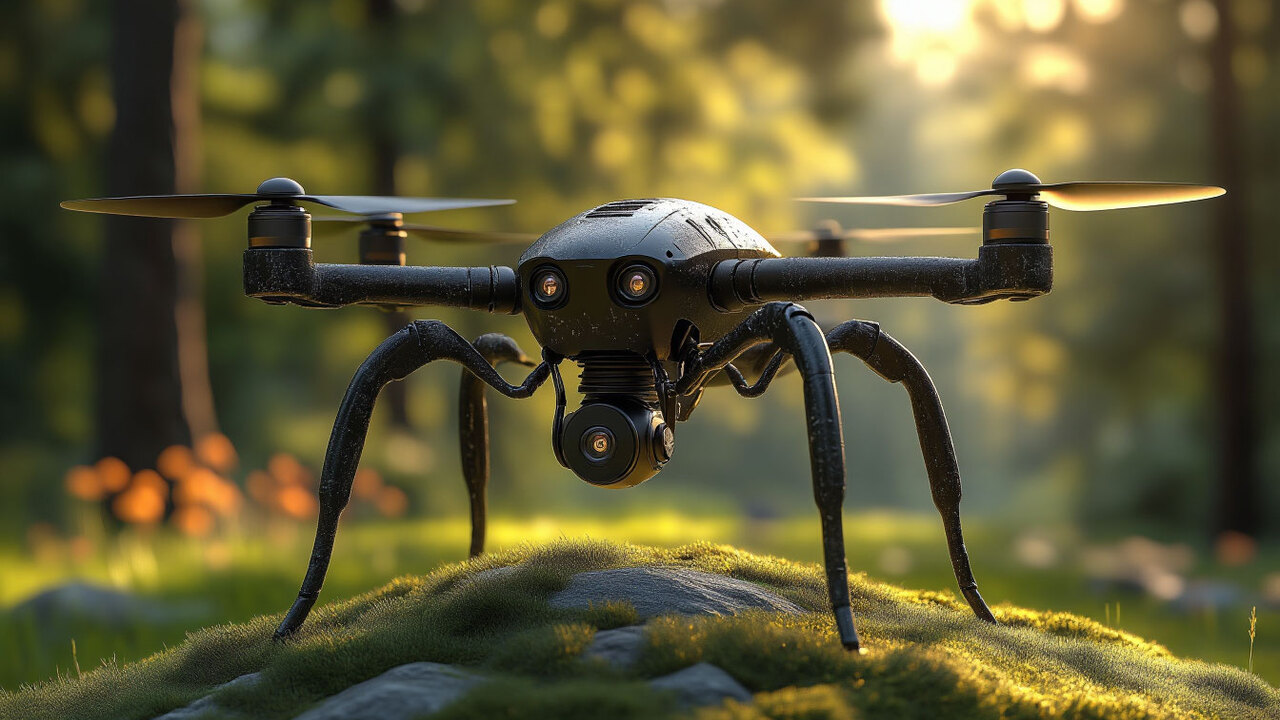Scientists at St. Petersburg State University have made a significant discovery in the field of materials science by measuring the refractive index distribution of MAPbI3 perovskite for the first time at temperatures close to absolute zero. Known for its exceptional properties for use in diodes and lasers, this perovskite has proven its uniqueness at extremely low temperatures.
Perovskites are materials with a wide range of applications in various technologies, from solar cells to photodetectors. An important parameter of these materials is the refractive index, which varies depending on the light energy in the transparency region. Scientists from St. Petersburg University conducted an experiment to study the optical properties of MAPbI3 at a temperature of -269°C (4 K) and determined how the refractive index changes near the exciton resonance.
Anna Samsonova, a research engineer at the Laboratory of Crystal Photonics at St. Petersburg State University, explained that their work made it possible to more accurately account for the distribution of the refractive index of perovskites at low temperatures. This is of critical importance for calculating the parameters of perovskite-based devices, especially under conditions of strong interaction of light with excitons. The obtained results will help to better understand the application limits of MAPbI3 and its behavior in various non-standard conditions.
Source: Ferra
I am a professional journalist and content creator with extensive experience writing for news websites. I currently work as an author at Gadget Onus, where I specialize in covering hot news topics. My written pieces have been published on some of the biggest media outlets around the world, including The Guardian and BBC News.










